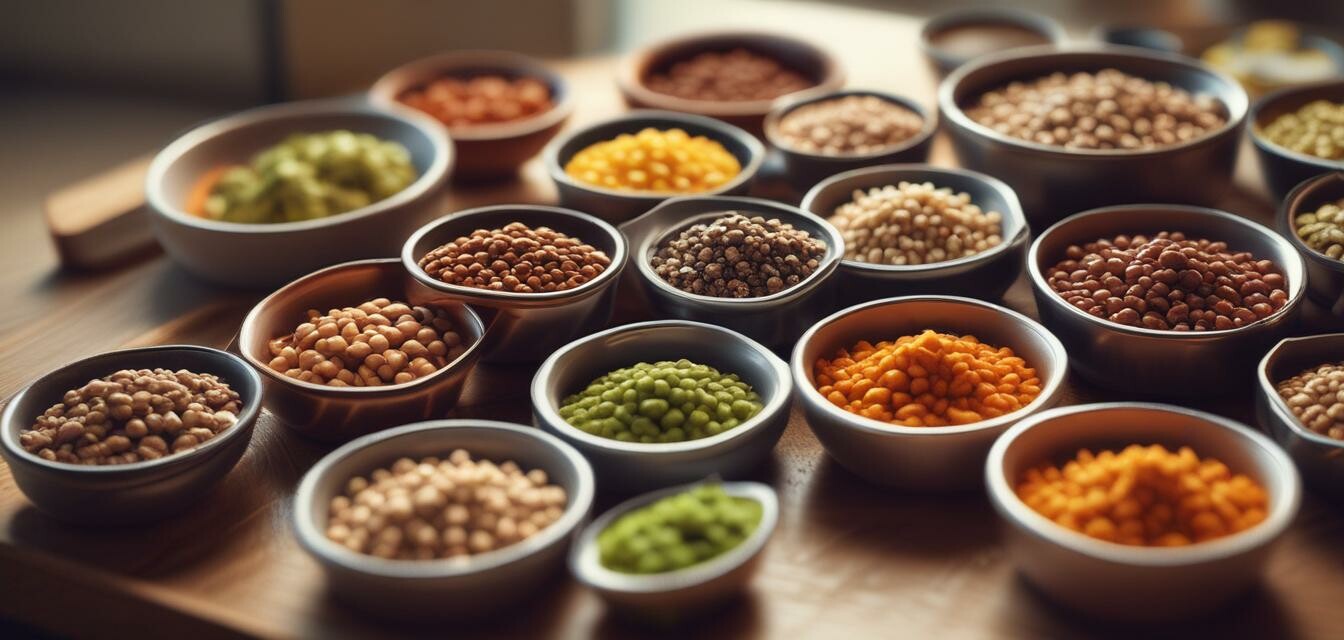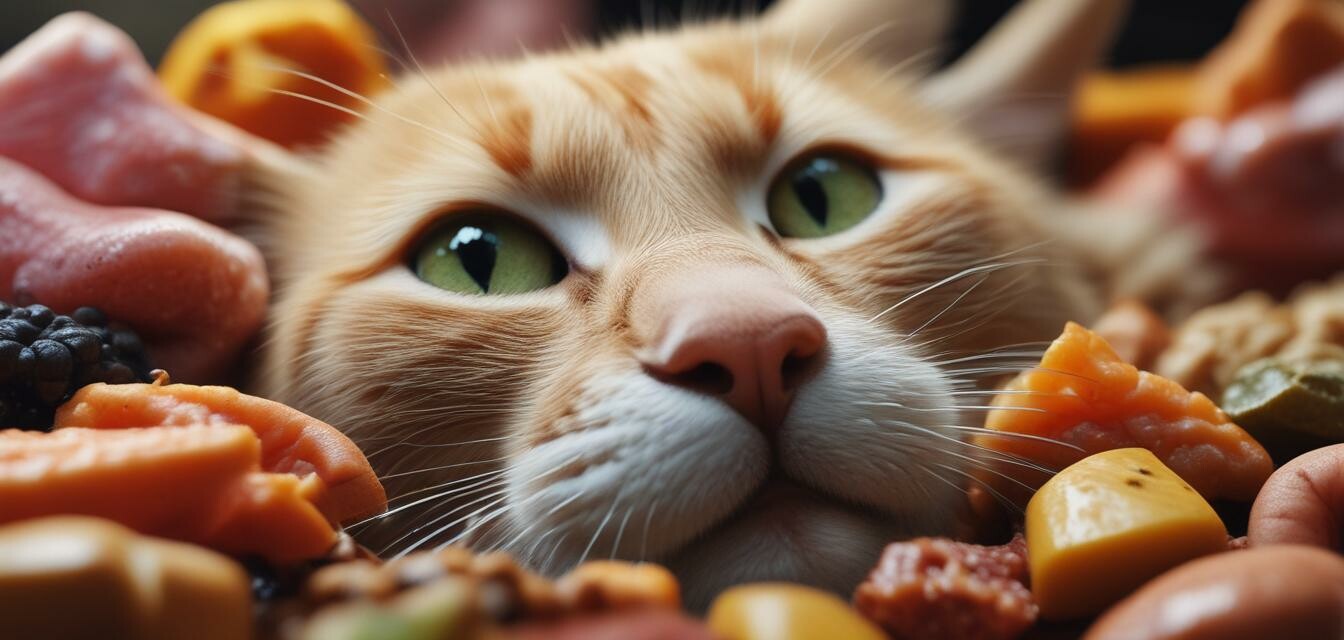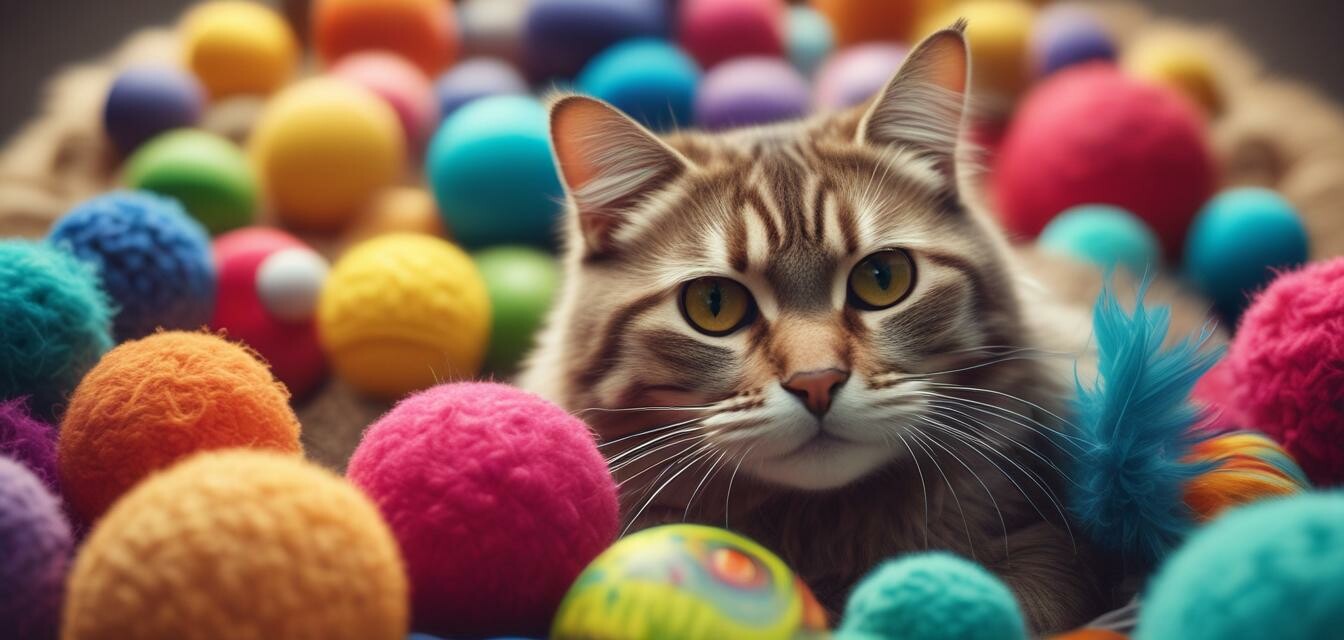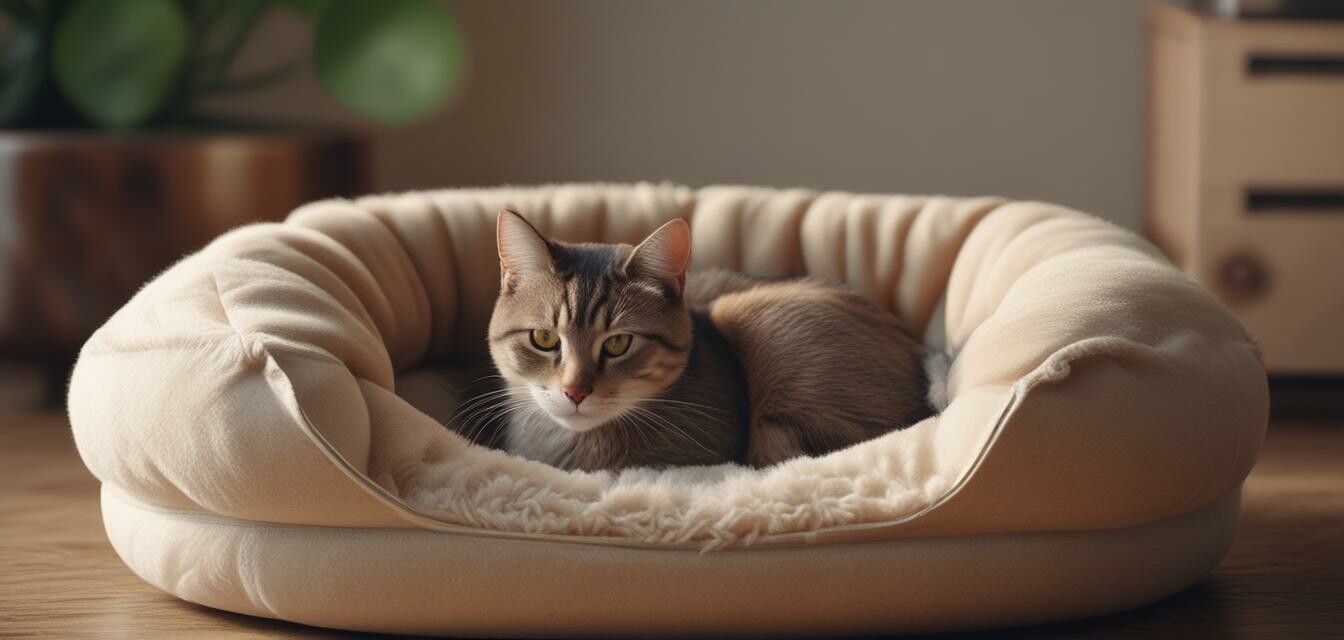
Cat food: Discover nutritious options for your feline friend
Key Takeaways
- Choose cat food based on your cat's life stage.
- Consider dietary needs such as allergies or sensitivities.
- Quality ingredients ensure better health for cats.
- Consult your veterinarian for personalized dietary recommendations.
Finding the right cat food is essential for the well-being of your feline companion. With numerous options available, it can be overwhelming to choose the best one. This article dives into various cat food types, their ingredients, and how to select the perfect food for your cat's needs.
Types of cat food
Let's explore the main types of cat food available on the market:
| Type of Cat Food | Description | Benefits |
|---|---|---|
| Dry Food (Kibble) | Crunchy and convenient food that has a longer shelf life. | Effective for dental health and easy to measure portions. |
| Wet Food (Canned) | Moist food packed in cans with higher moisture content. | Great for hydration and often more palatable for cats. |
| Raw Food | Uncooked meat and other fresh ingredients. | Offers a natural diet, mimicking what a cat would eat in the wild. |
| Homemade Food | Prepared meals made at home with care. | Allows complete control over ingredients and diet. |
| Specialty Foods | Foods designed for specific health issues or dietary needs. | Good for cats with allergies or sensitivities. |
Nutritional needs for different life stages
Cat food requirements vary depending on your cat's life stage. Here’s a breakdown:
| Life Stage | Recommended Nutritional Content |
|---|---|
| Kittens | High protein and fat for growth and development. |
| Adults | Balanced nutrition for maintenance of health. |
| Seniors | Lower calories and better digestibility; enriched nutrients. |
Selecting the right cat food
When choosing cat food, consider the following factors:
- Age: Select food appropriate for your cat's age group.
- Health Needs: Assess any allergies, sensitivities, or health conditions.
- Ingredient Quality: Look for high-quality protein sources and avoid fillers.
Dietary preferences and your cat's needs
Each cat can have different dietary preferences and needs. Here's what you should know:
Tips for keeping your cat healthy with the right food
- Introduce new foods gradually to avoid digestive issues.
- Always have fresh water available alongside dry food.
- Check food labels for age and health suitability.
- Consult with a vet for tailored dietary advice.
Choosing between brands
Popular brands often differ in their formulations. Here's a comparison:
| Brand | Dry Food Option | Wet Food Option | Specialty Food |
|---|---|---|---|
| Brand A | Yes | Yes | No |
| Brand B | No | Yes | Yes |
| Brand C | Yes | No | Yes |
Conclusion
Choosing the right cat food is vital for the well-being of your pet. With a plethora of options available, understanding your cat's unique needs and preferences can help you make an informed decision. Whether you choose dry, wet, raw, or homemade food, ensure it meets your cat's nutritional requirements. For more in-depth options, check out our Cat furniture, Cat toys, and Feeding accessories pages for related products to enhance your cat's environment and health.
Pros
- Diverse options available for different dietary needs
- Quality food promotes better health and longevity
- Customizable diets to suit individual preferences
Cons
- Quality food can be more expensive
- Some cats may be picky eaters
- Homemade food requires careful planning and preparation









